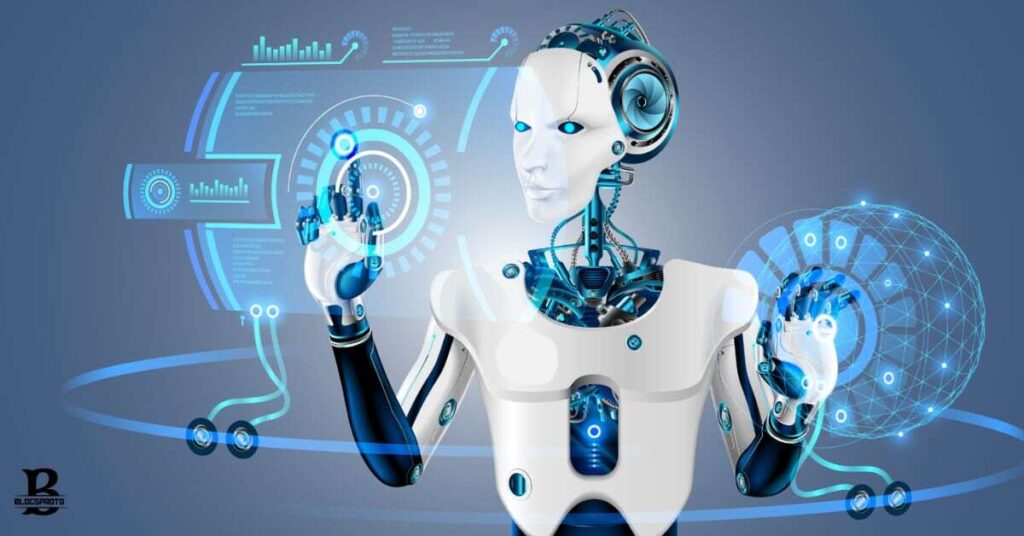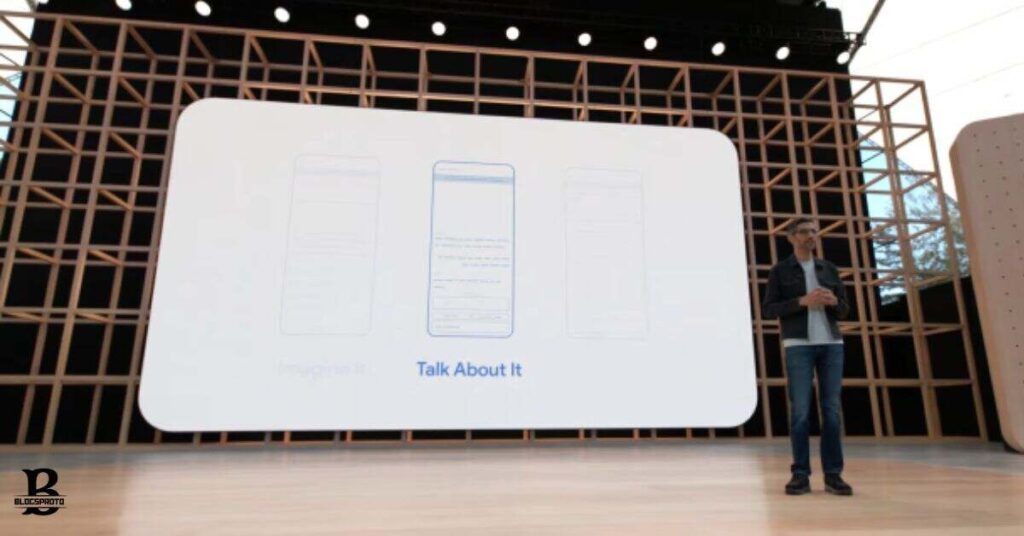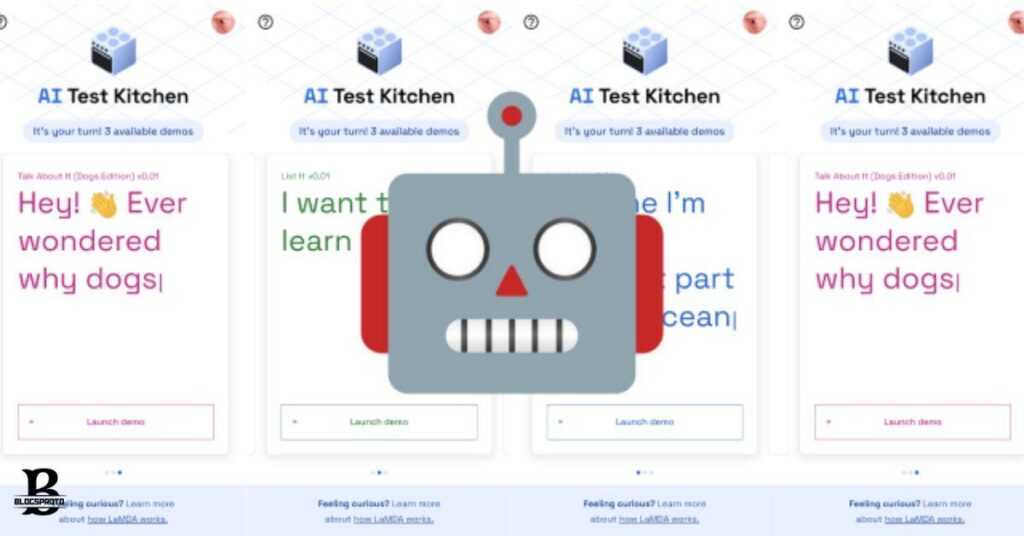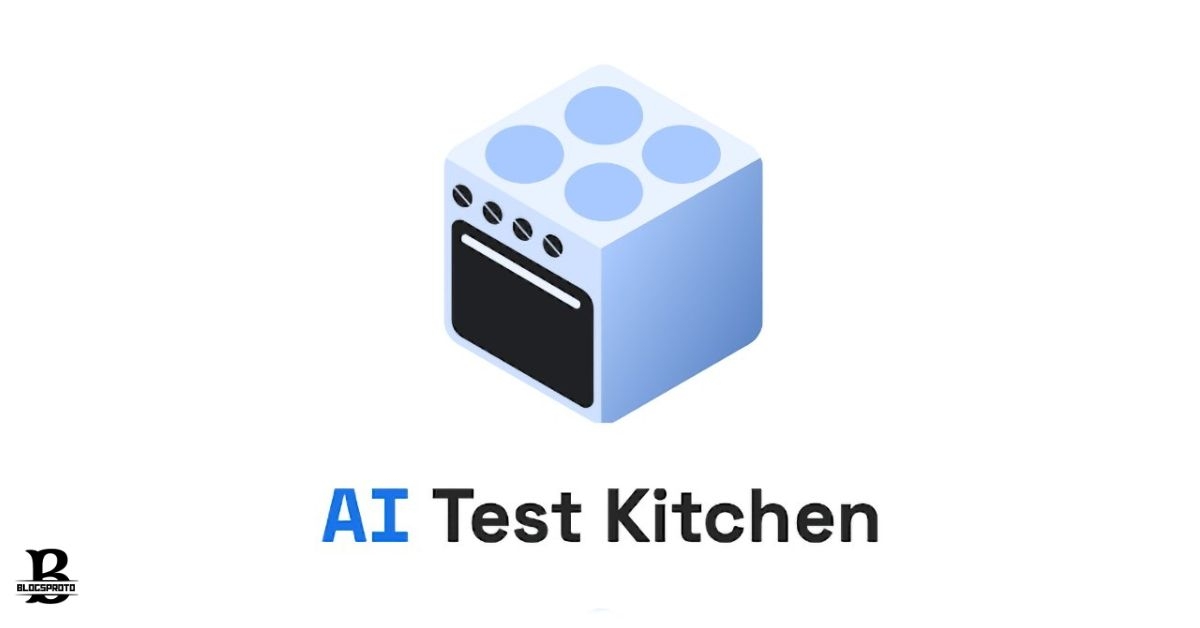In a cozy kitchen tucked away in a Silicon Valley lab. The aroma of sizzling chocolate mushroom lava cake wafts through the air. A human chef watches intently as an artificial intelligence system carefully plates the unusual dessert. This is the AI test kitchen an innovative space . Where cutting edge technology and culinary expertise unite. To craft extraordinary flavors and dining experiences.
Can you imagine a world where AI helps design your next meal. Where computer algorithms can identify the aroma of sizzling chocolate mushroom lava cake wafts through the air. In a cozy kitchen tucked away in a Silicon Valley delightful flavor combinations. That a human chef might never think off. Where can intelligent systems tailor each dish to your tastes with scientific precision. Welcome to the fascinating frontier of AI-driven gastronomy.
Understanding AI in Culinary Innovation
At its core AI augments human creativity and skills in the kitchen not a replacement. Advanced algorithms can rapidly analyze vast datasets on ingredients flavor compounds nutritional profiles cultural culinary traditions and a myriad of other factors. From this depth of information AI systems can surface inspired ideas . And novel pairings unconventional techniques, molecular commonalities that human chefs and food scientists may have overlooked.
The AI’s role remains that of an assistant surfacing concepts for skilled human culinarians to then evaluate, refine and elevate into artfully-crafted dishes for diners to enjoy. It is a partnership where machine intelligence expands the possibilities for human ingenuity to explore.
Exploring the Role of AI in Gastronomy

You may have seen some of the unexpected recipe ideas AI has suggested from chocolate mushroom lava cake to candied carrots with coffee grounds. While some combinations sound outlandish at first, AI has demonstrated an uncanny ability to identify unique yet delightful flavor fusions that win over human taste testers.
By rapidly modeling billions of potential ingredient pairings and cooking techniques based on their underlying chemical properties. AI can uncover novel culinary combinations and methods that chefs may have never considered before. This opens up vast new frontiers for the culinary arts to trek into uncharted territories of human experience and delight.
Researchers at MIT trained an AI system on millions of existing recipes and flavor data. The AI not only recreated traditional dishes accurately. But also generated over 30,000 new recipes that human testers rated as novel safe to eat. And just as pleasurable as existing cookbook recipes. Creations like Buttered Scallops with Hazelnut Crisps showcased AI’s unique combinatoric abilities.
Read this blog : Is Data Annotation.Tech Legit?
The Science Behind AI-Driven Culinary Experiments
But AI’s role goes far beyond just combining seemingly odd ingredients. Advanced systems can analyze recipes down to the molecular level, studying the complex chemical compounds that create specific flavors and aromas we perceive. This allows AI to model how substituting an ingredient with a different but molecularly similar one could recreate a familiar taste in a healthier, more eco-friendly, or novel variation. David Lipman, Chief Science Officer at Impossible Foods
“AI has given us a new fundamental understanding of how flavors work at the molecular level. We can now use that knowledge to create innovative plant-based foods that closely mimic the taste, texture, and satisfaction of their animal-based counterparts.”
Similarly AI can examine how applying new cooking techniques like fermentation or specialized heating methods could transform and enhance . The flavor and nutrient qualities of a dish without changing the core ingredients. The possibilities for creative expression expand exponentially.
Designing AI-Infused Recipes
Whether it is an avant-garde restaurant kitchen or a major food company’s R&D lab, chefs and food scientists begin by inputting the desired flavor profiles nutritional targets, dietary restrictions, cultural influences or other criteria they aim to achieve.
The AI system then rapidly proposes a wide range of novel recipe ideas based on its deep knowledge of food science, chemistry and flavor data. From there an iterative collaboration begins between the AI’s expansive combinatorics abilities . And the human chef’s refined skills, intuition and experience.
The AI surfaces innovative concepts while the human culinarian evaluates which ideas are truly promising versus impractical. They tweak ingredients experiment with techniques and adapt portions until creating an elevated artisanal dish worth sharing with diners. The chef may also provide feedback to further train the AI’s knowledge and future recipe ideation process.
Example of Workflow
- Chef inputs: Develop new vegetarian entrée ideas with Mediterranean flavor influences that are high in protein.
- AI proposes: Quinoa and Smoked Eggplant Moussaka, Crispy Falafel Grain Bowls with Harissa Tahini Sauce
- Chef selects the Falafel Grain Bowls concept to refine further based on seasonality, cost, and their envisioned Flavors
- After several iterations and taste tests the final dish is plated for a tasting menu
Far from just combining random foods this collaborative dance leverages the unique strengths of human expertise and machine scale to unlock boundless potential for culinary innovation.
Implementing Machine Learning in Culinary Arts

Beyond just recipe ideation an emerging application of AI in the culinary field is using machine learning for real-time optimization while actually cooking dishes. Computer vision systems can track precise factors like temperature, moisture levels, browning states, and plating presentation.
Layered with diners’ personal taste preferences from past ratings and satisfied/unsatisfied feedback, machine learning models can dynamically adjust cooking parameters like time, heat levels, or other nuanced techniques to theoretically cook each dish to perfection for each individual’s palate on a massive scale.
For example, the AI assistant Stratus core can provide step-by-step cooking guidance based on your personal tastes. If you prefer dishes a bit more on the salty or crispy side, it can automatically course-correct in the moment to nail your perfect version of a dish. Kitchens of the future may leverage these real-time adaptive systems to deliver unparalleled consistency at scale.
Potential Benefits of AI-Optimized Cooking
Here are some potential benefits of AI-Optimized cooking.
- Hyper-personalization: Each dish tailored to individual preferences
- Mastery without years of training: AI guiding technique adjustments
- Waste reduction: Optimized for portion control and reducing errors
- Consistency: Unrivalled precision at replicating the same dish repeatedly
Ethical Considerations in AI-Enhanced Cooking
However, like any transformative new technology. The growing role of AI in the culinary sphere also raises important ethical questions to consider. Some worry that increased AI involvement could gradually devalue the craft expertise and artistic expression. That define the culinary arts as uniquely human pursuits.
There are also concerns around AI systems potentially learning, encoding or even amplifying societal biases around certain ingredients, cooking styles. Or cuisines from their training data. This could homogenize culinary diversity and diminish representation of cultural traditions.
Some chefs fear that an over-optimization and quantification of the dining experience by algorithms could make food overly predictable, calculated or uniform. Stripping away the spontaneity, artistry and creative human flair that often makes cuisine so magical.
AI and Food Pairing: A New Frontier
One particularly exciting area where AI is advancing the culinary arts is in the realm of food and beverage pairings. Historically creating harmonious pairings between dishes and complementary wines, beers, cocktails or other drinks has been more an art than a science.
But now, winemakers can leverage AI systems like Wingate to analyze both vintage characteristics like acidity, tannins, fruit notes. As well as specific ingredients in a recipe. The AI then recommends optimal wine and food pairings that a human sommelier may have missed.
Similarly AI assistants can help restaurant teams curate multi-course pairing menus precisely calculating how each drink’s flavors can best elevate. The accompanying dish for a cohesive multi-sensory dining experience. Even home entertainers are getting AI-driven recommendations on ideal drink pairings to serve alongside their meals for guests.
Enhancing Food Quality Control with AI

Outside the kitchen one of the most impactful applications of AI in the food industry is in quality control and supply chain optimization. From farms to packaging plants computer vision and sensor systems can meticulously scan crops and products to identify defects. And contaminations or other safety concerns with incredible accuracy.
Predictive AI models can also estimate more precise shelf lives for perishable goods based on their chemical makeup and environmental factors during transit and storage. This data helps food producers and distributors optimize every step to reduce waste, avoid costly recalls and prevent potential foodborne illnesses.
AI is being leveraged to make food production itself more efficient and environmentally sustainable. By analyzing factors like crop yields, water usage energy consumption and ecological impacts. AI models can suggest methods to boost output while minimizing the industry’s carbon footprint and conserving precious resources.
Examples of AI for Food Quality & Sustainability
- Computer vision detects browning on vegetables to divert for other uses
- Multispectral sensors identify intermuscular fat levels in meat cuts
- Predictive modelling calculates ideal shipping routes and storage conditions
- AI guides irrigation schedules and micro-climate data for precision farming
- Lifecycle analysis reveals sustainable packaging and processing improvements
As the world’s population continues growing, AI will play a vital role in ensuring our global food supplies remain safe, fresh, abundant and eco-friendly for the future.
Future Directions of AI in the Kitchen
Looking ahead there is no limit to the potential innovation as AI and human culinary brilliance deepen their collaborative relationship. We may see the rise of intuitive “smart kitchens” that use ambient sensors and AI assistants to automatically adjust cooking environments techniques. And equipment settings based on the specific dish and each user’s personal preferences.
Virtual reality could even allow remote meal preparation or dining experiences. Imagine savoring a multi-sensory chef’s tasting menu from the comfort of your home’s VR pod as photorealistic projections of the chef’s plating techniques. And tantalizing flavors are beamed to your senses.
Perhaps most exciting are AI’s possibilities for personalized nutrition. Envisioning a world where AI doctors and nutritionists analyze your unique biomarkers, genetics daily activity levels. And more to craft optimized meal plans for maximizing your health, performance and longevity. The one-size-fits-all diet goes the way of the dodo bird.
Frequently Asked Questions
How does AI contribute to the culinary process?
AI analyzes data to suggest novel flavor combinations and cooking techniques for chefs to explore.
Can AI cook dishes on its own?
No, AI serves as an assistant, providing ideas for human chefs to evaluate and refine.
What benefits does AI bring to cooking?
AI enhances creativity, personalization, and efficiency in the culinary world.
What are some examples of AI-driven culinary creations?
Examples include chocolate mushroom lava cake and crispy falafel grain bowls with harissa tahini sauce.
How does AI ensure food quality and sustainability?
AI aids in quality control, supply chain optimization, and environmentally-friendly food production.
What are the ethical considerations of AI in cooking?
Ethical concerns include preserving culinary diversity, avoiding bias, and maintaining the human touch in culinary arts.
Conclusion
While AI will never replicate the full depth of passion intuition and creative expression that defines the culinary arts. It does offer a powerful toolset for augmenting human ingenuity. From surfacing inspired recipe ideas to calibrating each dish for personal perfection. AI expands our possibilities as a species to embark on an ever more flavorful journey of gastronomic innovation and delight.
Like any transformative technology AI applied to food must be developed responsibly through close collaboration between human culinarians, scientists technologists and diverse public voices. If we embrace this partnership. The future is an Ai-enabled renaissance for the culinary world . one where human and machine intelligence elevate each other to new frontiers of sustainability, personalization and exquisite flavor experiences once thought unimaginable.

Maxwell Brooks, a prolific wordsmith on BlogsProto.com, navigates literary realms with grace. His prose dances through genres, captivating readers with tales that resonate, leaving an indelible mark on the digital literary landscape.











